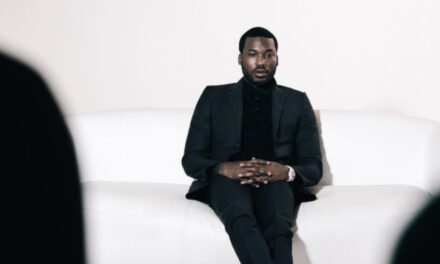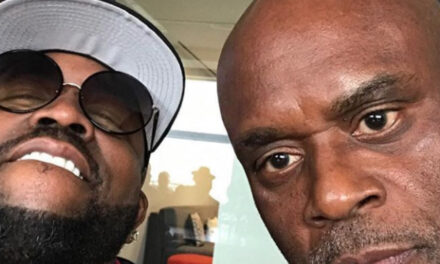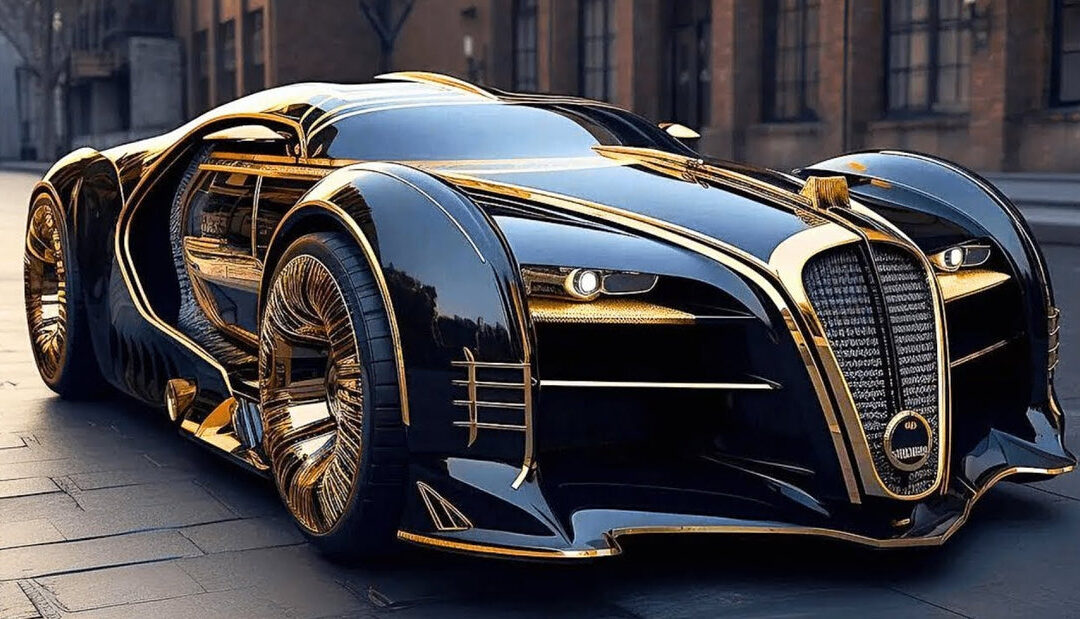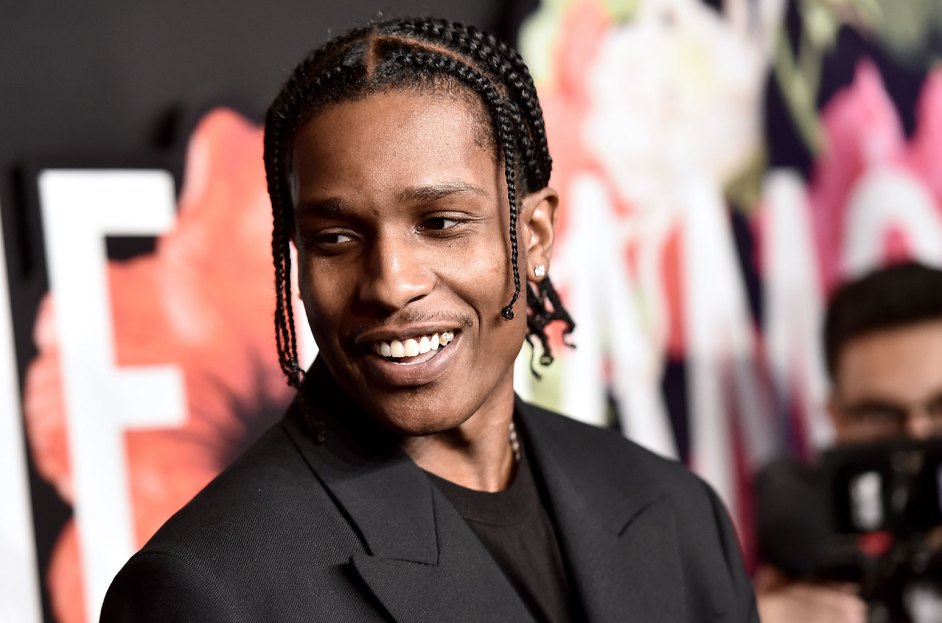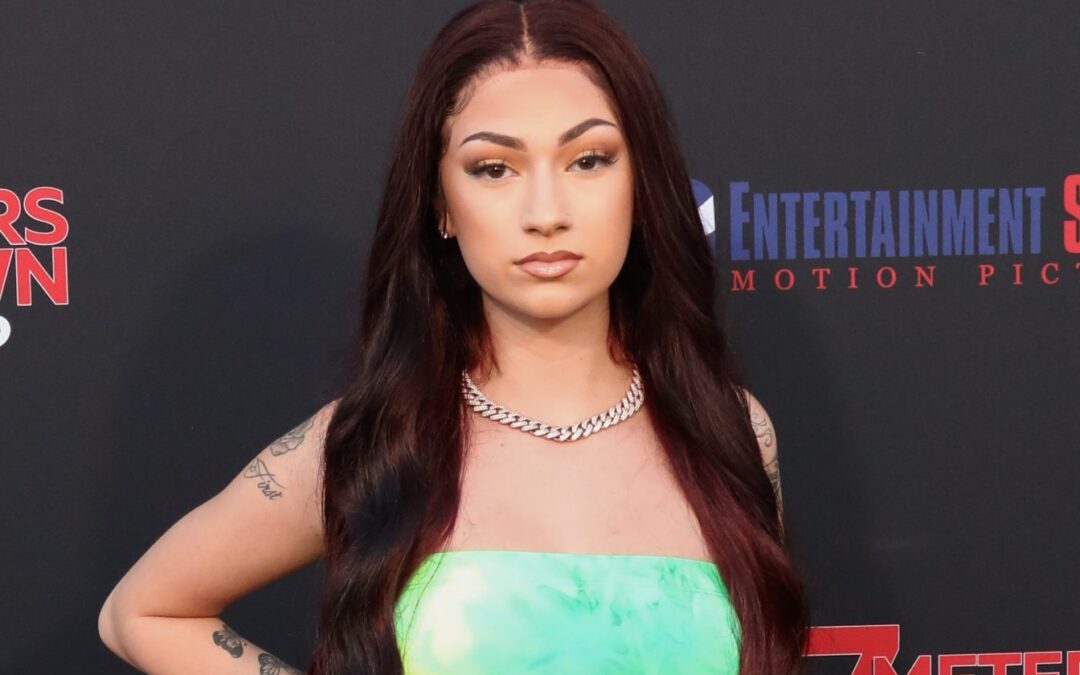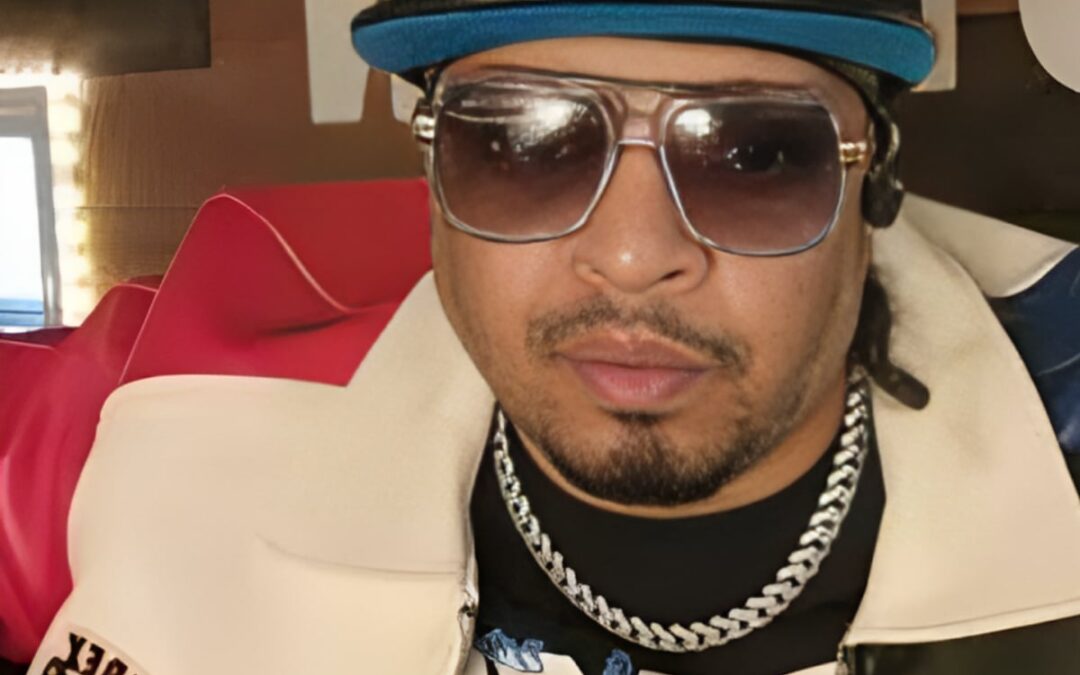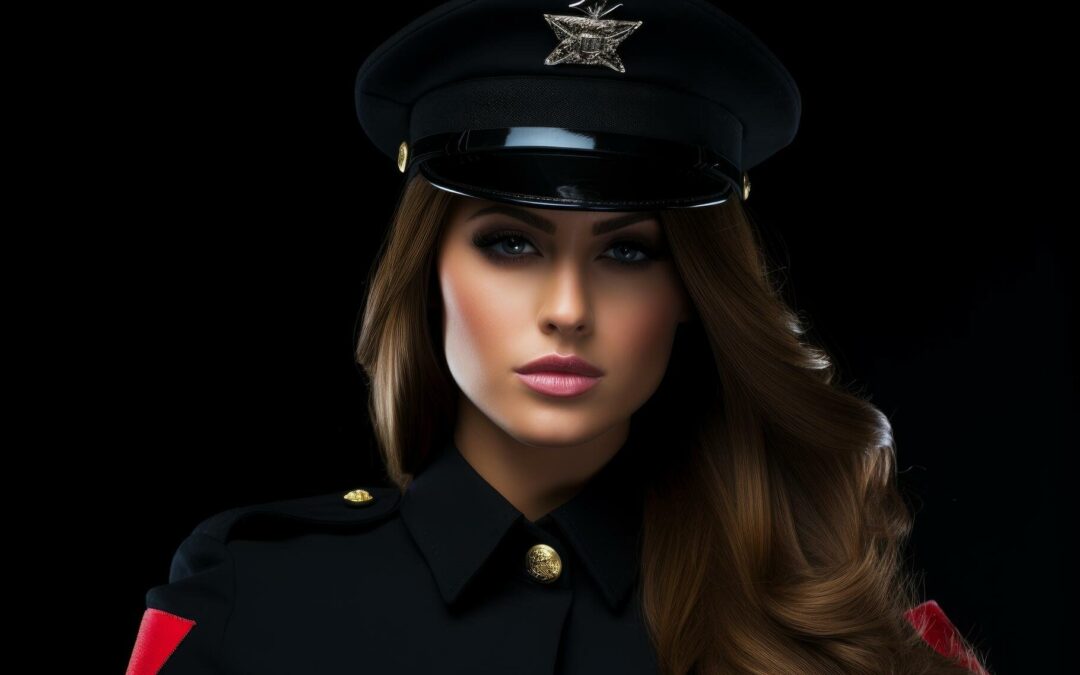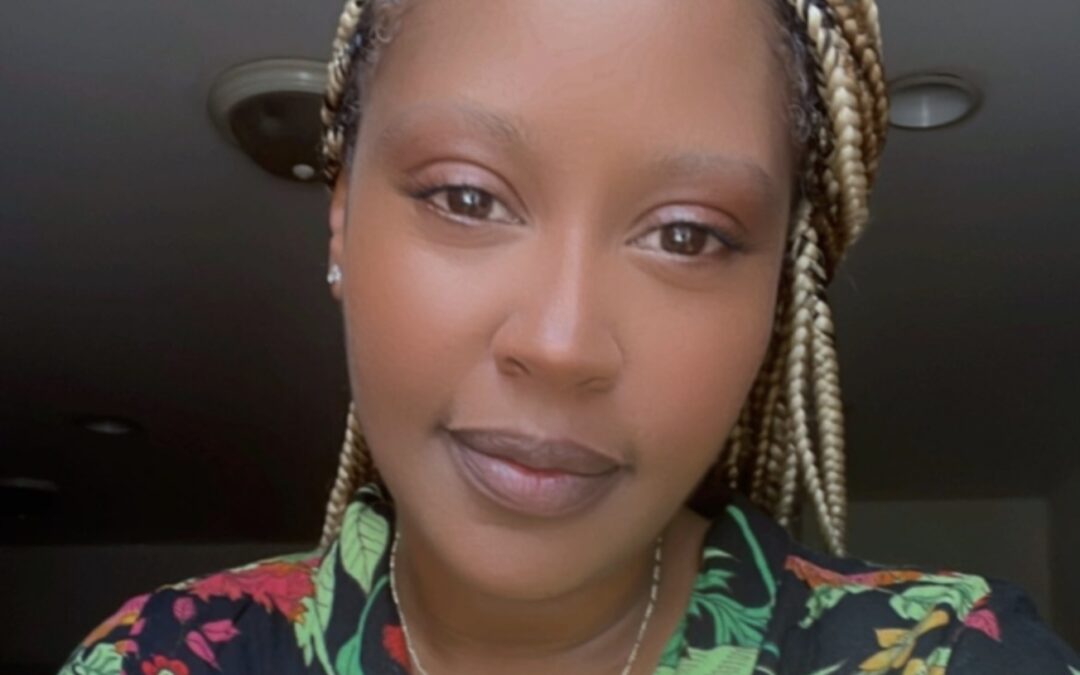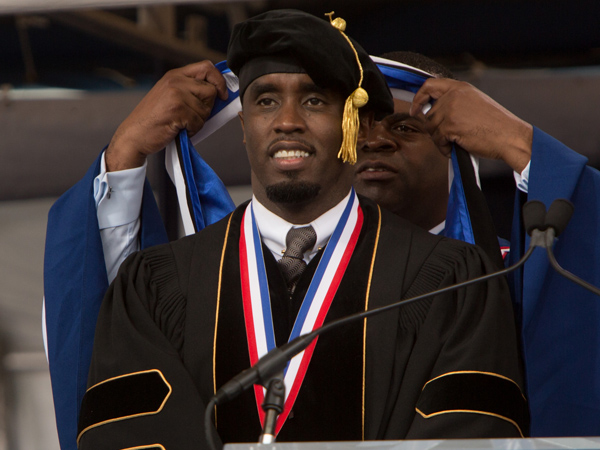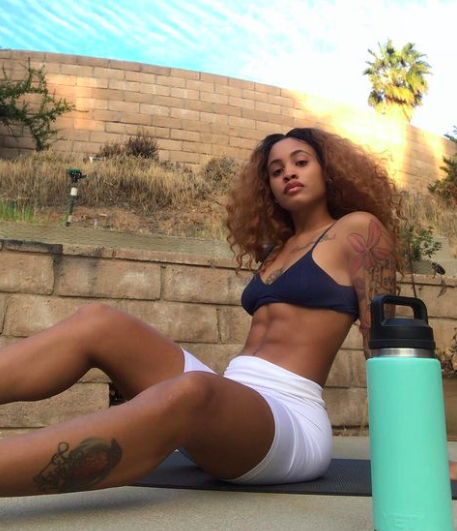[introImage id=129326 caption=”Source: YouTube @burtonkiller83″]
Since the genesis of hip-hop decades ago, there have been countless movements, subcultures, and subgenres stemming from hip-hop that have sprung up across the country, and the world as a whole. As hip-hop grew in prominence, different communities nurtured that growth by putting their own flavor into the culture, developing hip-hop’s identity as a means of expression that was, and is, truly unique. One of the most iconic movements in hip-hop history came from the San Francisco Bay Area: the “hyphy” movement. The hyphy movement has become a source of pride for anyone from The Bay and a cultural pillar that artists in the music industry are still influenced by today. To understand what the hyphy movement truly meant, one has to have an understanding of hip-hop culture as it stood before the movement took place.
Hip-hop originally started in New York City in the 1970s as an offshoot of funk and soul music, which was a popular style of at the time. Figures like DJ Kool Herc helped bring about the genre by adapting Hard Funk records to elongate the instrumental portion of the songs which would eventually be the platform of rapping. In the beginning, Herc used these beat breaks to help lead dancers in the clubs, who he called “break-boys” and “break-girls,” eventually shortened to B-boys and B-girls.
By the time that the 80s rolled around, hip-hop had spread across the country. The Dirty South sound of the southern United States was in its infancy, with artists like The Geto Boys hailing from Houston, Texas. On the West Coast, groups like The World Class Wreckin’ Cru were gaining popularity as well. Due to the fact that hip-hop had only been around for a relatively short time, the different communities spread throughout the country had not yet established their own brands as widely recognized and popular subgenres of hip-hop.
[introImage id=47280 caption=”Source: Instagram / @CT636MUSIC “]
In the following decade, the West Coast would emerge with not only a overarching sound that was distinctly its own, but also with its more niche brand of hip-hop known as G-Funk. G-Funk, also known as Gangsta-Funk, drew influence from the Funk sound of the 70s and incorporated it into the developing sound of West Coast hip-hop. Warren G and Snoop Dogg are some of the most prominent artists to do G-Funk, with Dr. Dre doing most of the production on their tracks. G-Funk was arguably the first distinct subgenre of hip-hop to come out of the West Coast, but the hyphy movement that came out of the early 2000s not only brought a new West Coast subgenre of hip-hop, but also an entire subculture along with it.
The exact dates and origins of the hyphy movement are debated, but certain sources credit Oakland rapper Keak Da Sneak with coining the term “hyphy” in the early 90s on one of his early recordings. Regardless, the movement itself wouldn’t hit full stride until the 2000s. The word “hyphy” is rooted in the word “hyperactive”, and can be used to describe the style of carefree and energetic dance popular throughout the hyphy movement. According to Wikipedia, “[Hyphy music] is distinguished by gritty, pounding rhythms, and in this sense can be associated with San Francisco Bay as crunk and trap music is to the Southern United States. An individual is said to ‘get hyphy’ when they dance in an overstated, fast-paced and ridiculous manner, or if they get overloud with other people.” In reality, the term “hyphy” can’t be put in a box, and one would have to experience it firsthand to be able to get a comprehensive understanding of everything that it stands for.
In a 2016 interview, Bay Area rapper Locksmith spoke with DJBooth about his experience with the hyphy movement in its early days:
“The first time I heard the term hyphy being used was around 2002. We used to throw our own shows, our first shows, and they were in Berkeley, right on Telegraph Ave. We’d have The Team, Mistah FAB, a couple of my other friends. That’s when I first heard, ‘Oh, they gettin hyphy,’ but it was a term for when stuff was getting rowdy, when people were ready to throw down. It wasn’t associated with a specific music, it was for when someone was out of control.
Hyphy was originally an Oakland thing. The first time I heard the term it was coming from Oakland people. There’s no one way to make these connections, no direct path, but you can draw the lines like this. To my knowledge, Keak da Sneak was the biggest independent artist I had seen come out of the Bay. No radio play, just the streets, you couldn’t even buy his album from stores. He had beats from EA Ski and Tone Capone, but it was the Rick Rock songs that had people really amped. It had that hyphy sound, but that word wasn’t really being used yet.
Then when Rick Rock came with The Federation and they had the “Hyphy (Remix)” with Keak Da Sneak, E-40, San Quinn and Turf Talk, it had all the major Bay Area places represented. That song was huge in the streets and even though there were other songs with that sound, it really put the stamp on the whole thing and you started to hear hyphy, hyphy, hyphy….
The clothes, sideshows, all that existed before. Keak had a song called ‘White T Shirt, Blue Jeans, & Nikes’ because that was the uniform at the time. People had been rapping about dreads, but when the ‘Hyphy’ song blew up, all of it got labeled as this hyphy culture. E-40 had embraced hyphy for a while, had done records with Keak and Mistah FAB, but when he did his own hyphy record and had Lil Jon produce it, who was really big at the time, and it had Keak on it, who was the people’s champ of Oakland, he had both the national thing and the streets. There was no way that record could not win. It put the hyphy movement in the spotlight for the rest of the world to either not like it or roll with it.
We [The Frontline] never considered ourselves hyphy, we never had a song where we used the word ‘hyphy,’ but because that was the movement that took over, if you had a song that was poppin on radio or the club, you’d get called hyphy. A lot of artists got clumped into it.”
[ad type=”ad1″]
Although Keak Da Sneak was a prominent pioneer of hyphy, he wasn’t the only one. Artists like Mac Dre and E-40 played essential roles in the development of the hyphy culture and sound. Mac Dre acted as a sort of a poster child of the hyphy movement, contributing to the sound as well as the lingo. In the early 2000s, Mac Dre released songs like “Get Stupid”, “Feelin’ Myself” and “Thizzle Dance”, all of which are widely recognized by Bay Area locals to this day, and often will be met with people getting hyphy if played loud enough in the right place.
The term “Thizz” goes hand in hand with the hyphy movement, and has multiple layers to its meaning. Thizz (or thizz pills) can be used to refer to ecstacy, either pure or pressed into pill form. Thizz was most notably popularized by Mac Dre himself through his music. Outside of marijuana and alcohol, ecstacy was a drug of choice during the hyphy movement, as it often helped produce the kind of mood that the hyphy movement was known for: hyper, energetic, and fun-oriented. Along with the dance, the “Thizzle Dance” song is also responsible for the coinage of the “Thizz Face”, which Mac Dre describes in one of the first bars of the song (“Put a look on my face like I smelled some piss”). The thizz face can be worn at any function where people are getting hyphy, and at times, it’s a must. The thizz face is sometimes accompanied by a gesture of forming a “T” with one’s hands. The hyphy movement was strongly rooted in self-expression, and the thizz face is a means of doing so for many Baydestrians.
Turfing was another dance that was strongly associated with the hyphy movement. While the average person can likely go dumb and get hyphy if they try, turfing requires a considerable amount of skill to do well. Turfing originated in Oakland, California, around the same time the hyphy movement was taking place, which it is commonly associated with. Jeriel Bey and his group, The Architeckz, are credited with started the dance style, which has spread across the Bay Area and beyond since its inception. Turfing fits into the hyphy movement smoothly because of its emphasis on self-expression, but with a unique Bay Area flavor that cannot be imitated. “Tutting” is another term that is often used synonymously with turfing.
One of the most iconic elements of the hyphy movement were the sideshows. For those that are unfamiliar, sideshows are impromptu street parties that can take place anywhere there’s enough asphalt and car to whip around, where cars doing donuts are usually the main attraction. Others might ghostride, which is when the driver exits the vehicle while it’s still moving. Either way, passengers of the cars often hang out the windows or hop in and out of the car. Other onlookers might be playing music out of their own car or socializing with each other. Sideshows are often dangerous, but police can have difficulty shutting them down if they gain enough momentum.
Like turfing, sideshows are also said to have originated in Oakland. Sideshows were another place where Bay Area locals are able to go hyphy, and although the hyphy movement is no longer taking place on a massive scale, people are still getting it at sideshows in the Bay to this day. However, it should be noted that sideshows can bring along with them injury to attendees and destruction to surrounding areas and businesses. See for yourself in a recent newscast by ABC 7 News below:
[ad type=”ad2″]
Along with the sounds and recreational pursuits associated with the hyphy movement, there was also an aesthetic. Keak Da Sneak influenced some of the style associated with the movement with the release of his 2006 track “White T Shirt, Blue Jeans, & Nikes”, in which he raps about the fit described by the title. What was perhaps more iconic was the trend of dreadlocks that came out of the hyphy movement. Part of the reason dreads became so popular was due to their shakability. Legendary MC E-40 even has an iconic line in his Bay Area anthem “Tell Me When To Go” that refers to the practice: “Jesus Christ had dreads, so shake ‘em”. Mac Dre had dreadlocks, which also helped to solidify their place in hyphy history. Along with dreadlocks, gold teeth (or grills) and large sunglasses known as “stunna shades” were also part of the hyphy look. The stunna shades trend was popularized by a track by the Bay Area rap group Federation, titled “I Wear My Stunna Glasses at Night (Stunna Shades)”.
Even though people still get hyphy today, the hyphy movement had essentially come to an end by the early 2010s. One of the forefathers of the hyphy movement, Oakland rapper Too Short, explains what he believes killed the movement in a VladTV interview:
The word “hyphy”. That they branded it, and they shouldn’t have branded it. We, as an area, the Bay Area… Everybody wanted something to be the next “crunk”, the next movement. Something with the word “movement” attached to it. It sounded really good, it was a way of life, and five years later, nothing has changed… The only thing changed, you don’t see motherf**kas doing wild a*s sideshows and ghostriding the whip.
Too Short goes on to explain that people still go dumb in the club when certain songs play, noting how the hyphy energy still exists independent of the earlier movement when it rose in popularity.
While most of those songs that get the crowd hyphy are throwbacks, there are still new artists that are able to tap into the same energy. SOB X RBE is a rap collective from the Bay Area that have this ability. Their hit single “Anti”, which was released back in 2016, gained considerable airtime on local radio stations. While it has been debated on whether or not SOB X RBE’s sound is truly “hyphy” or not, it’s undisputed that they stand on the shoulders of the movement’s pioneers and have their sound influenced by the previous generation. This is true with other artists from the bay, as hyphy is permanently infused with the area’s sonic DNA.
There can only be so much said about an era as unique as the hyphy movement before there’s nothing left to say, but a lot of what it is and stands for cannot be described with words. One would have to experience hyphy-ness firsthand, and perhaps multiple times, before they truly understand what it means. Check out the video below to see how students at Berkeley High School describe what hyphy means to them.
Do you know any Bay Area lingo? Drop some knowledge in the comments below, and be sure to SHARE this article!


